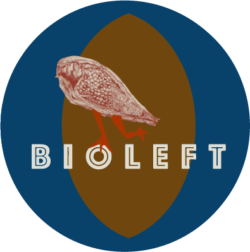On Tuesday, May 17, the participatory maize breeding workshop took place at INTA Pergamino. During the activity, producer-breeders and researchers exchanged knowledge and experiences on topics such as the generation of lines, hybrids and open-pollinated varieties of maize, and observed in the field the work that INTA Pergamino technicians have been doing in this regard.
As a first instance, the activities carried out by each participant in relation to corn, the motivations and the way in which each one carries them out were shared.
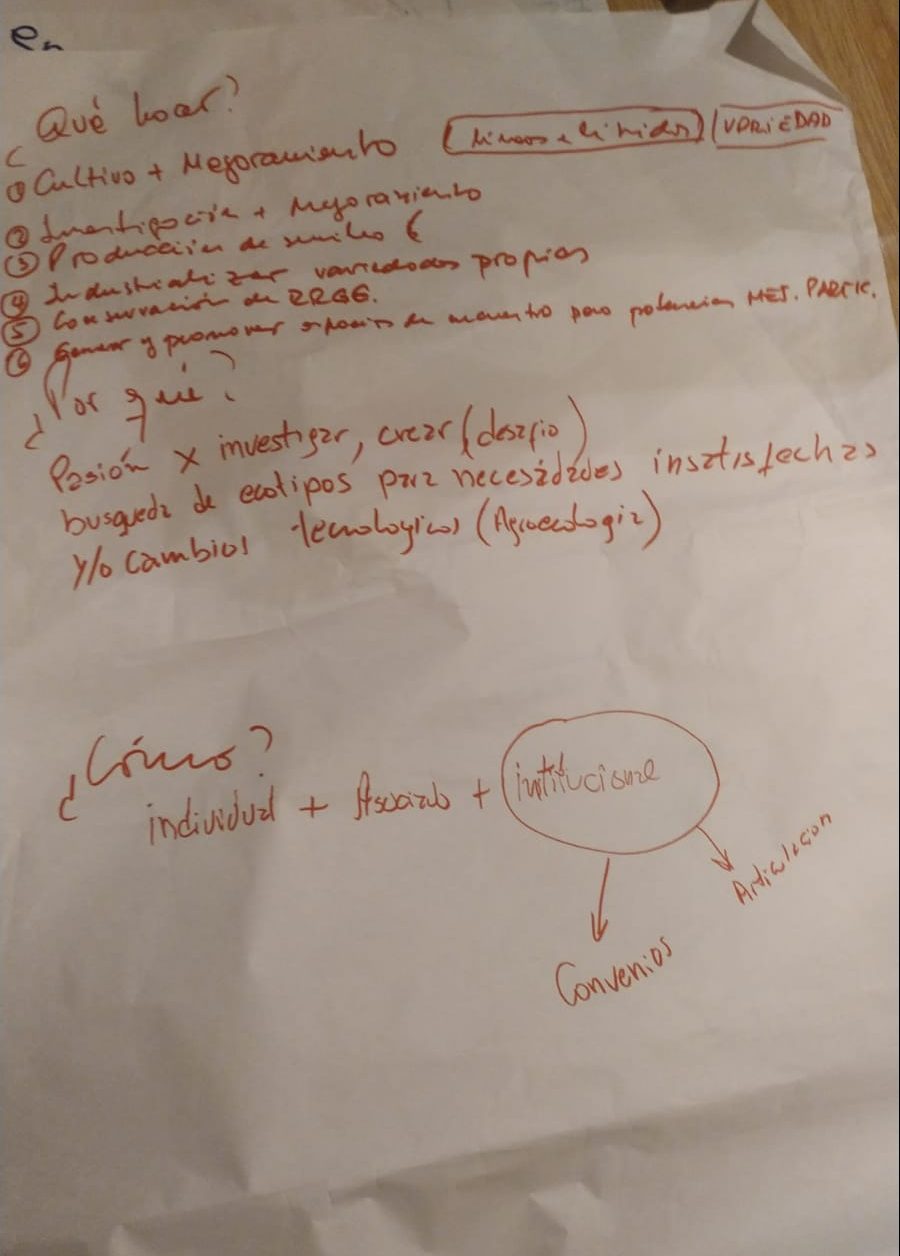
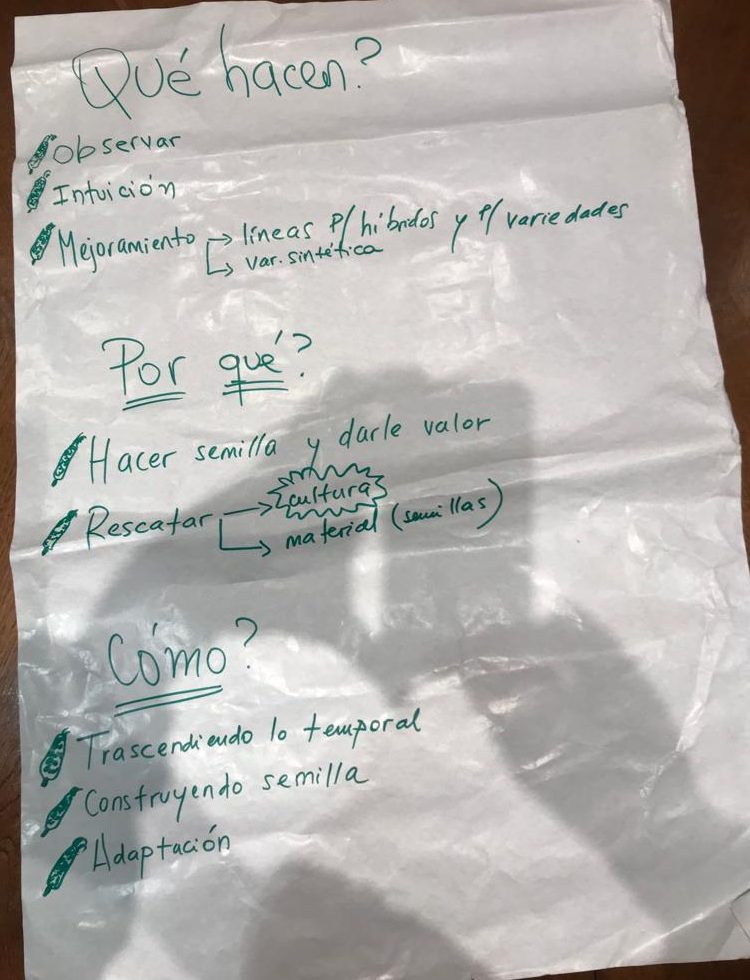
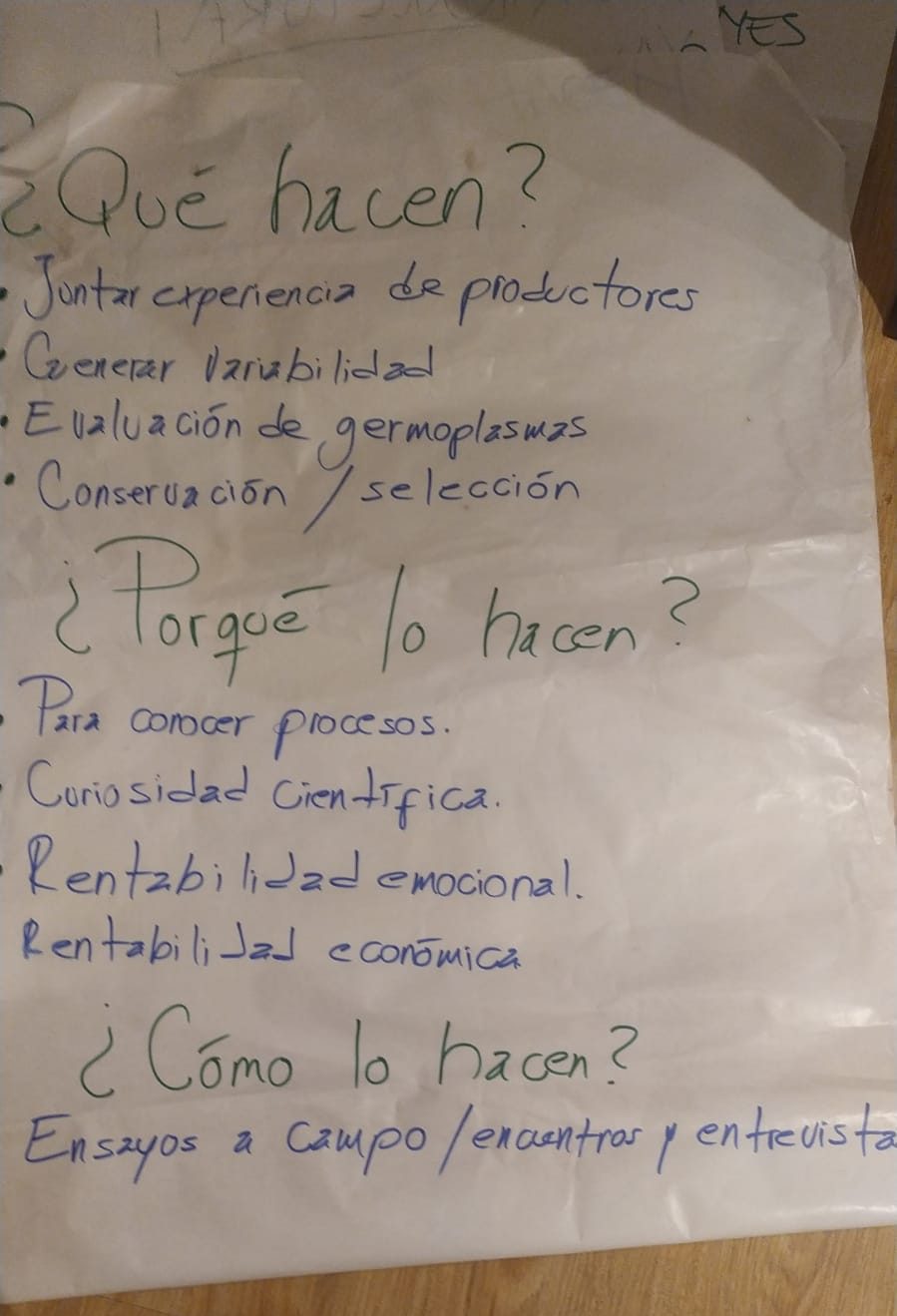
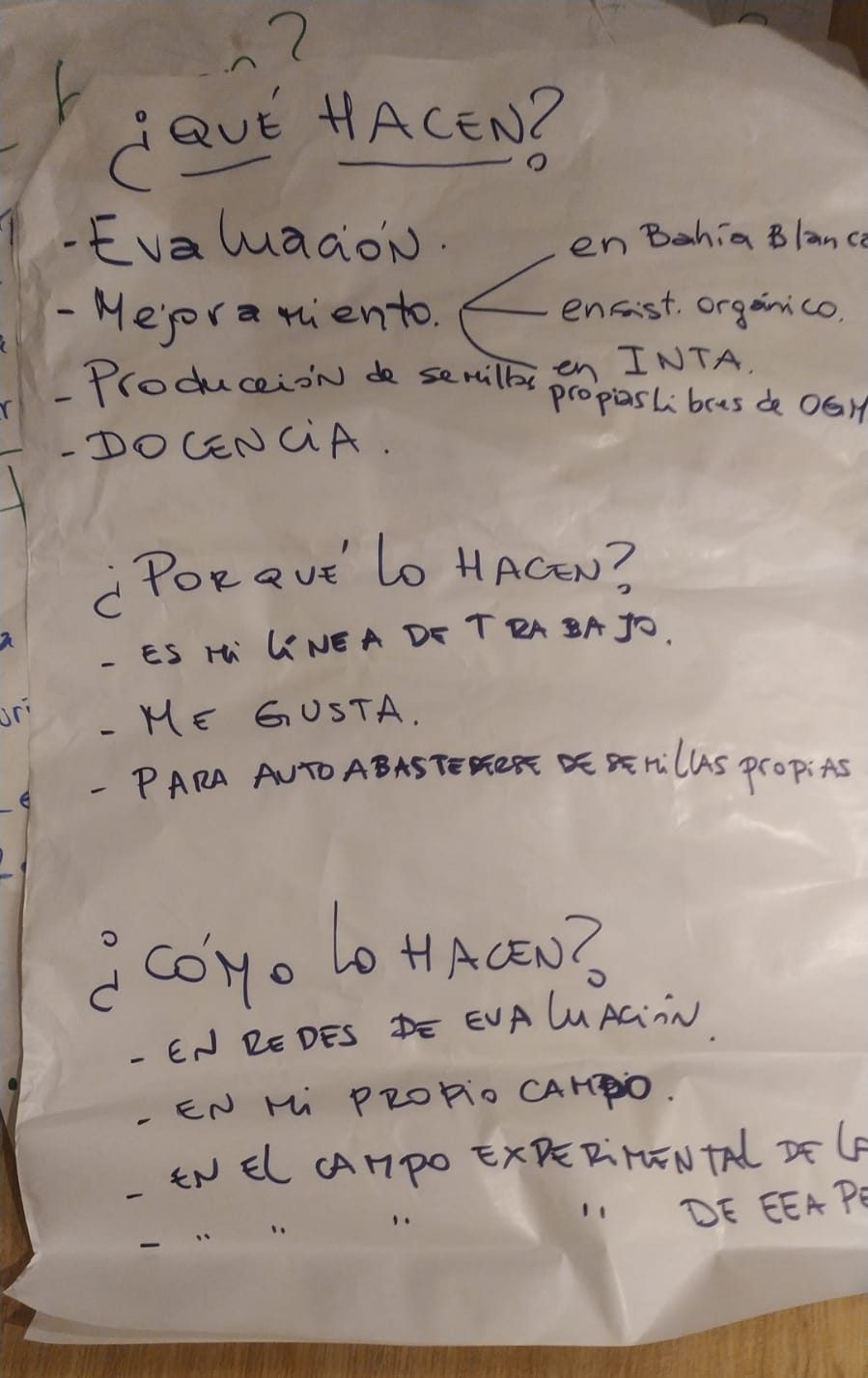
The participants highlighted the importance of participatory improvement and the continuity of meetings like this one to continue enriching and improving the work. Although they recognized the vaue of professional genetic improvement, they questioned the commodification of seeds and knowledge, which were captured by concentrated companies. As a result, the trade of farmer-breeders was lost, relegating farmers to mere consumers “like someone who asks for a delivery.”
They commented that they are facing an industrialized improvement system that responds to a simplified production system and therefore there is an agricultural sector whose demand is not satisfied; Criteria such as crop resilience are dismissed in the search for yield maximization. In this sense, they highlighted the importance for unconventional productions that evaluations are not only carried out under controlled conditions but also under farmer field conditions.
They claimed the aesthetic value of heterogeneity, diversity and the role of farmers when making selection and improvement, guided by an emotional base that goes beyond the search for economic profitability, and recognizing themselves as beings capable of co-creating with nature.
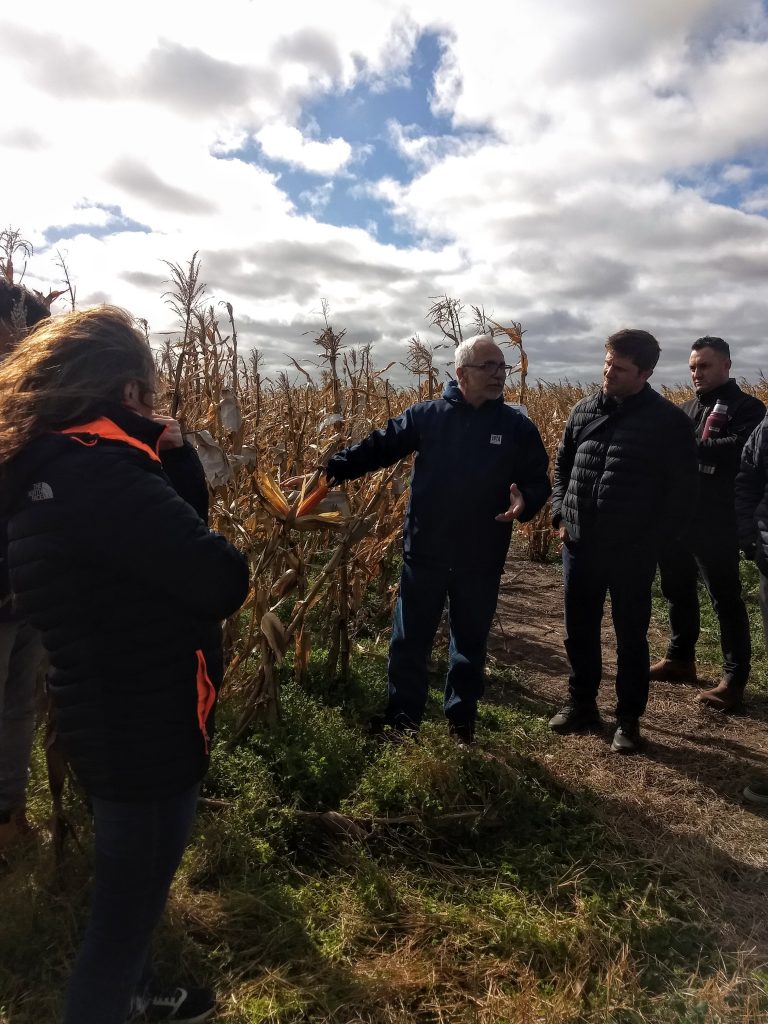
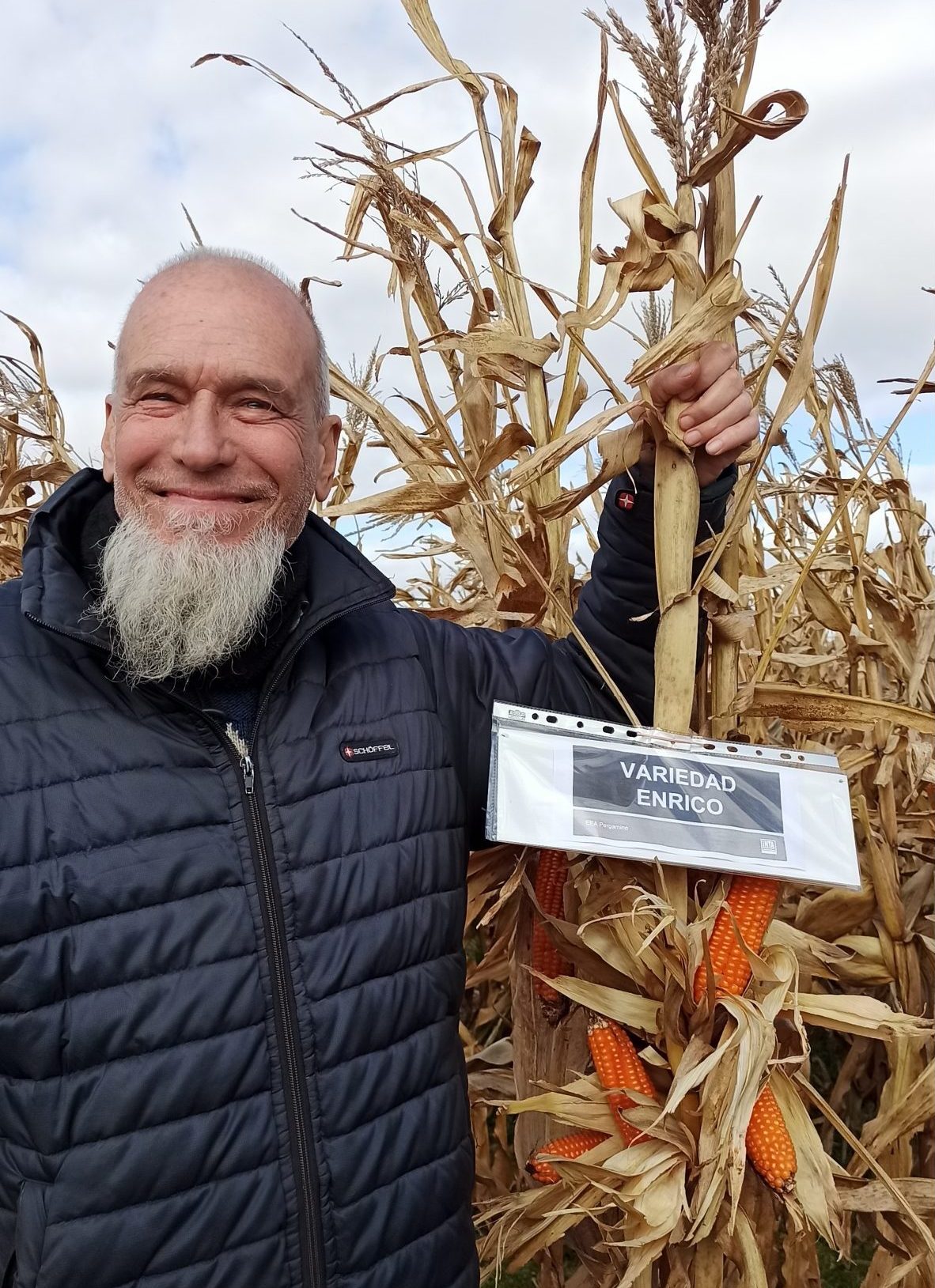
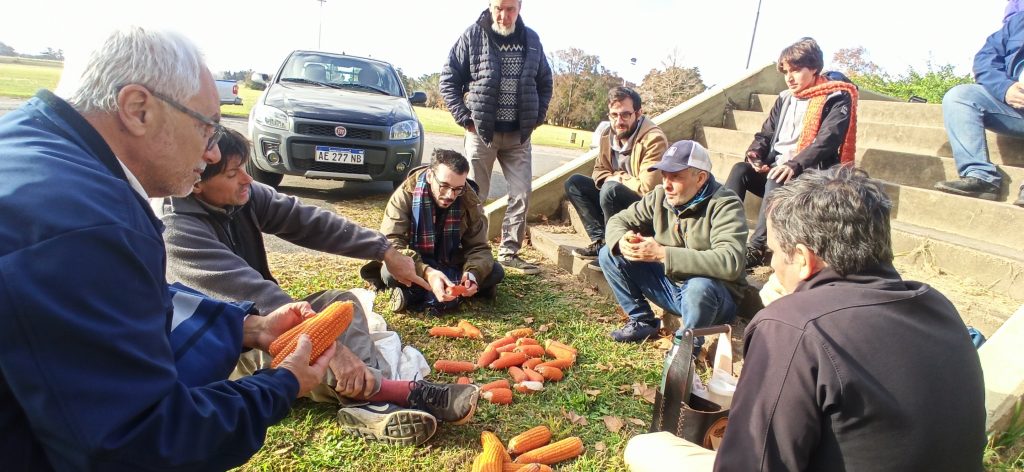
Then a field trip was made, in which the Choique and Candelaria varieties were observed, inbred lines that derive from the latter, as well as different hybrids. Luciana Galizia and Daniel Presello, INTA Pergamino researchers, commented on how they direct pollination by enveloping the spikes and panicles in order to obtain and multiply these materials. Different selection criteria were also discussed and a selection practice was carried out in the field. Open-pollinated varieties of sweet corn and planophilous hybrids for organic agriculture were observed. Then the block of comparative performance tests was run. Among the genotypes that INTA evaluated is the Original Plus variety bred by our mate Enrico Cresta, which has had an outstanding performance. Finally, the evaluation block was observed at high densities and where the importance of said practice was shared.
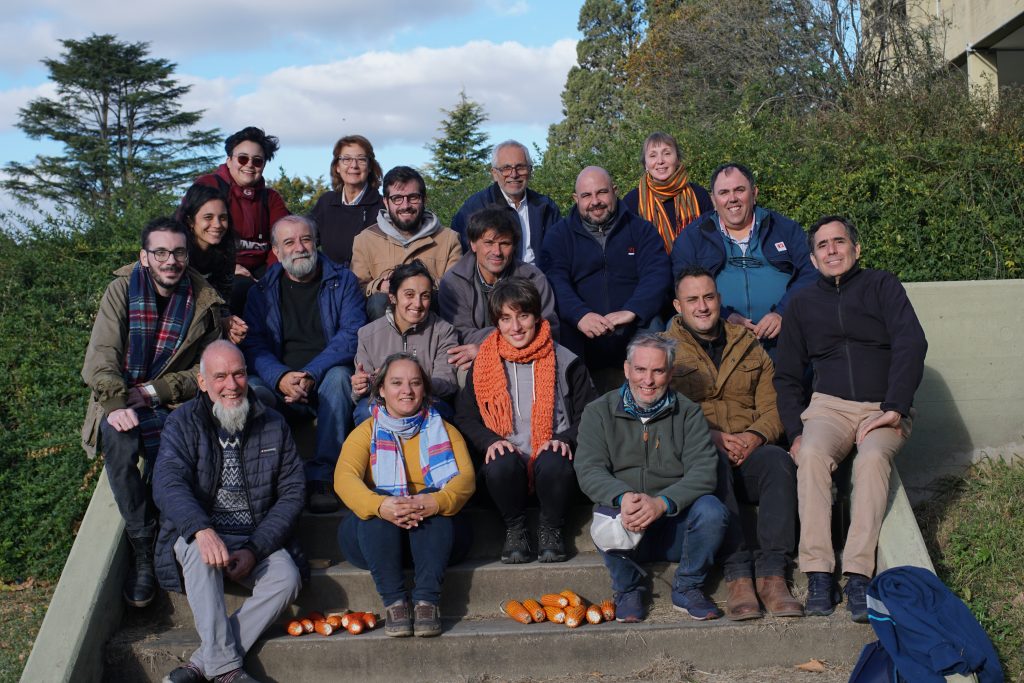
The face-to-face meeting recharged us all with energy to continue working together. We thank those who have participated and especially Daniel and Luciana for opening the doors of INTA to us for this rich exchange.
